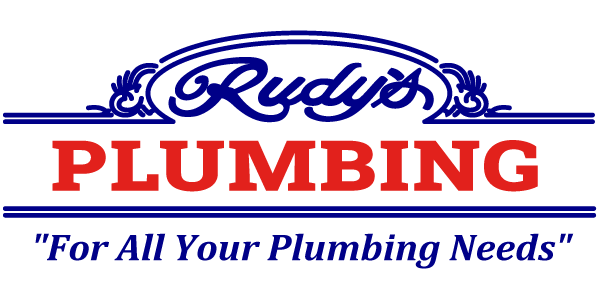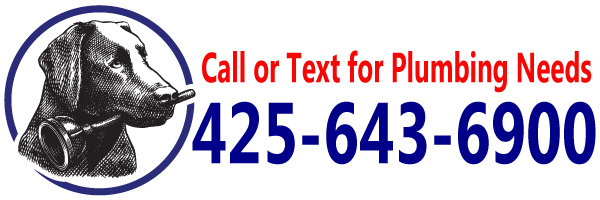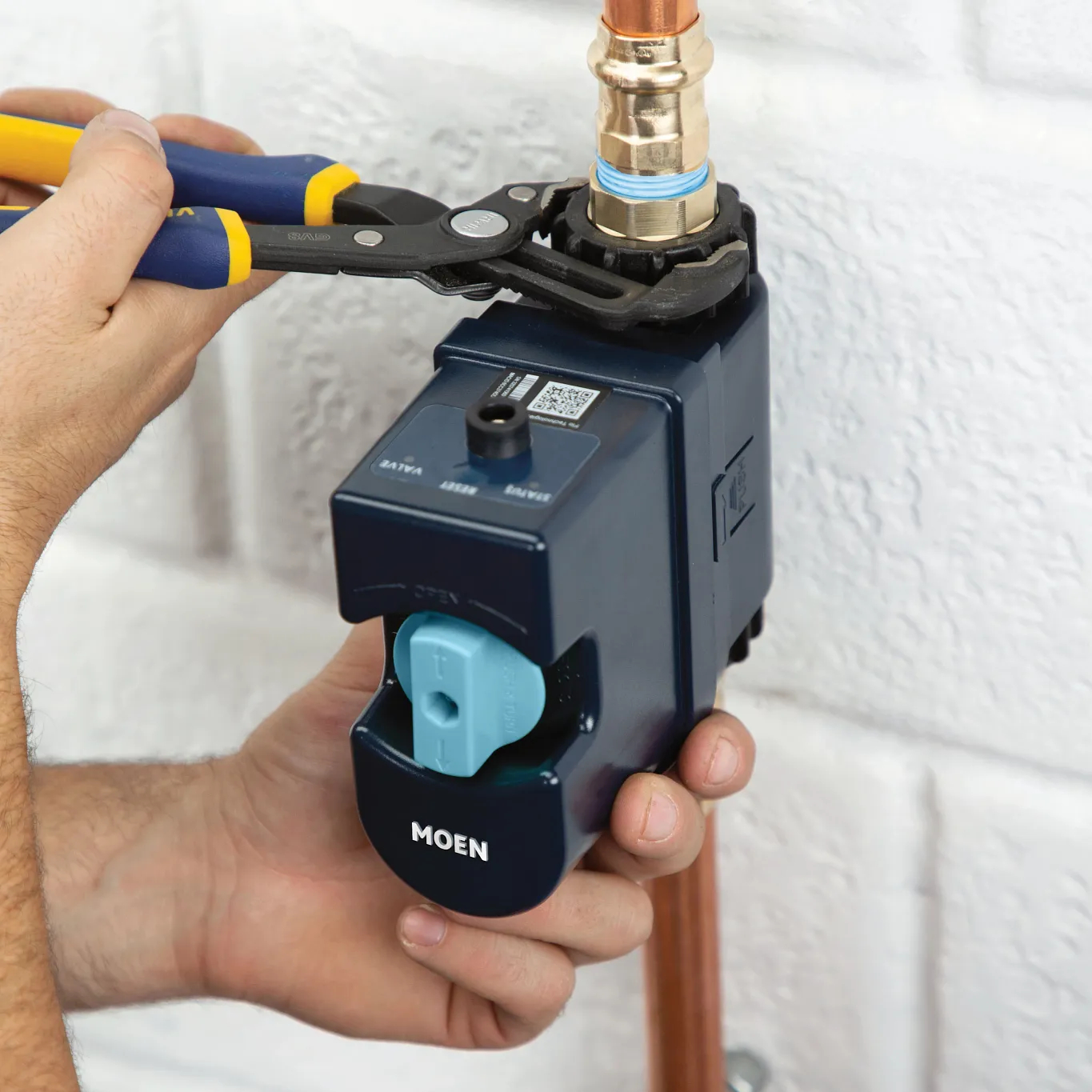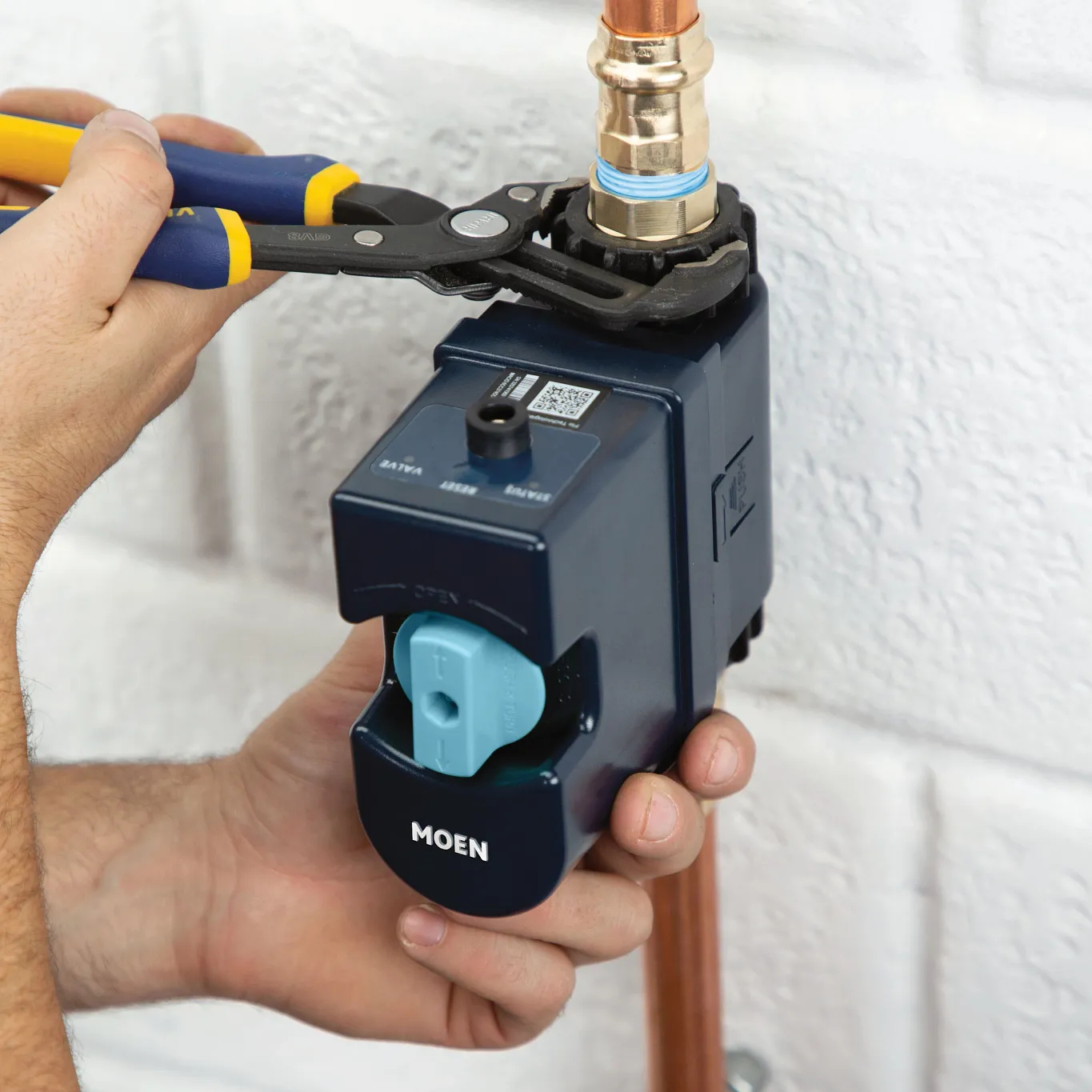[et_pb_section fb_built=”1″ admin_label=”section” _builder_version=”3.22″][et_pb_row admin_label=”row” _builder_version=”3.25″ background_size=”initial” background_position=”top_left” background_repeat=”repeat”][et_pb_column type=”4_4″ _builder_version=”3.25″ custom_padding=”|||” custom_padding__hover=”|||”][et_pb_text admin_label=”Text” _builder_version=”4.6.1″ background_size=”initial” background_position=”top_left” background_repeat=”repeat” hover_enabled=”0″ sticky_enabled=”0″]
Old Water Lines: Repair and Replacement. Old water lines will eventually need to be replaced. There are a number of reasons why water lines deterioration and begin to leak. If not taken care of soon these leaks could turn into major leaks or breaks causing major damage to your home. If the right materials and techniques are not used to repair and replace the damaged water lines it could be an ongoing problem. We will take a look at some of the most common problems that we can expect from old water lines and also take a look at the types of piping that can be used for water lines and water line replacement. One of the most common water lines that are found in almost every home is the main feed water line. If you have a pump system that supplies you water it will be the water line running from your pump to your home. When this line begins to leak you will need to shut off the main feed to your home and locate the leak. This leak could develop from roots kinking the pipe or from pipe deterioration. If you are on a rural water system, the main feed water line will be coming from the water meter into the home. In this situation if the main water line develops a leak between the meter and your home it is your responsibility to have it repaired. If the leaks continue it will cost you more money on your utility or water bill. You will also develop leaks inside the home in various places. One of the most common places is the supply lines that feed the faucets and toilets in your home. These can easily be replaced by shutting the shut off valve and removing the supply line. After you replace the line you will then turn the vale back on and look for possible leaks. If you still have a small leak you may need to tighten the fittings on the supply lines. These supply line for your faucets are usually located inside the cabinets of your kitchens and bathrooms where the faucets are located. The supply lines for the toilets are usually located on the right side of the toilet tanks coming from the bottom of the tank. Regardless of the type of leaks you may have or develop you will need to identify the type of pipe that is being used in order to repair or replace the water lines. There are several types of materials that are used for water lines and fittings. Each type is used in a different manner and it will also require the use of different techniques in order to repair or replace each type of water line. We will look at some of the most common material that are used for water lines and fittings. If you are not sure as to the type of water lines you may have contact your local plumbing contractor to help you identify the type you have. Some of the most common water line types are as follows:
- Chromed Copper is a bright shiny finished pipe that is usually 3/8” or smaller in diameter. These lines are used in places where you will see the supply lines such as your toilet or exposed lavatories in the bathroom. This small tubing can easily be cut with a small pipe cutter or hacksaw. The supply lines are joined with chromed compression fittings.
- Galvanized iron is a dull silver grey rigid pipe. In the past galvanized piping was one of the more popular choices for water lines and piping. This pipe has since been replaced by other popular choices due to the corrosion that galvanized pipes were accustomed to. Popular choices such as copper and PEX plastic pipes were used to replace this type of pipe. Galvanized pipe was also hard to cut and fit together.
- Copper pipe has a dull copper finish. It is available in two different types of rigid and flexible. It has proven itself over the past few decades as being very corrosive resistant. The soft properties of copper make it easy to cut and fabricate together. However, copper could develop small pinholes over time due to corrosion. When copper pipes are frozen they can easily burst as the copper expands. Rigid copper pips can be used for longer runs of piping. The flexible copper makes it an easy choice for shorter installations.
- CPVC pipe is found with a dull white finish. This is an inexpensive pipe that is designed to withstand high temperature and high pressure. CPVC can be used for hot and cold water applications. This pipe can easily be cut with tubing cutters and a hacksaw. CPVC is joined together using the same type of fittings using a solvent glue. This is one of the easiest types of piping you can work with.
- PEX can be found in blue for cold water and red for hot water. This makes the water lines easily identifiable. PEX is made from high density polyethylene polymer. This piping has been used for new piping as well as piping replacement since the late 70’s and early 80’s. PEX is strong and flexible and will withstand freezing temperatures. PEX is also corrosion resistant and will not develop pinholes like copper will. PEX is the easiest and fastest of all water pipe types to install and replace. This type pf piping is cut and fitted with a special type of tool and fitting.
No matter what type of leak or damaged pipe you may have it is vitally important to have the danged pipe fix or replaced before any permanent damage can be done. If you have any questions or looking for a qualified plumber to handle your water line need be sure to contact Rudy’s Plumbing located in the Bellevue area near Seattle. Before any type of plumbing and water work is performed be sure to use a qualified plumber.
Find us on Facebook to continue this discussion.
[/et_pb_text][/et_pb_column][/et_pb_row][/et_pb_section]




